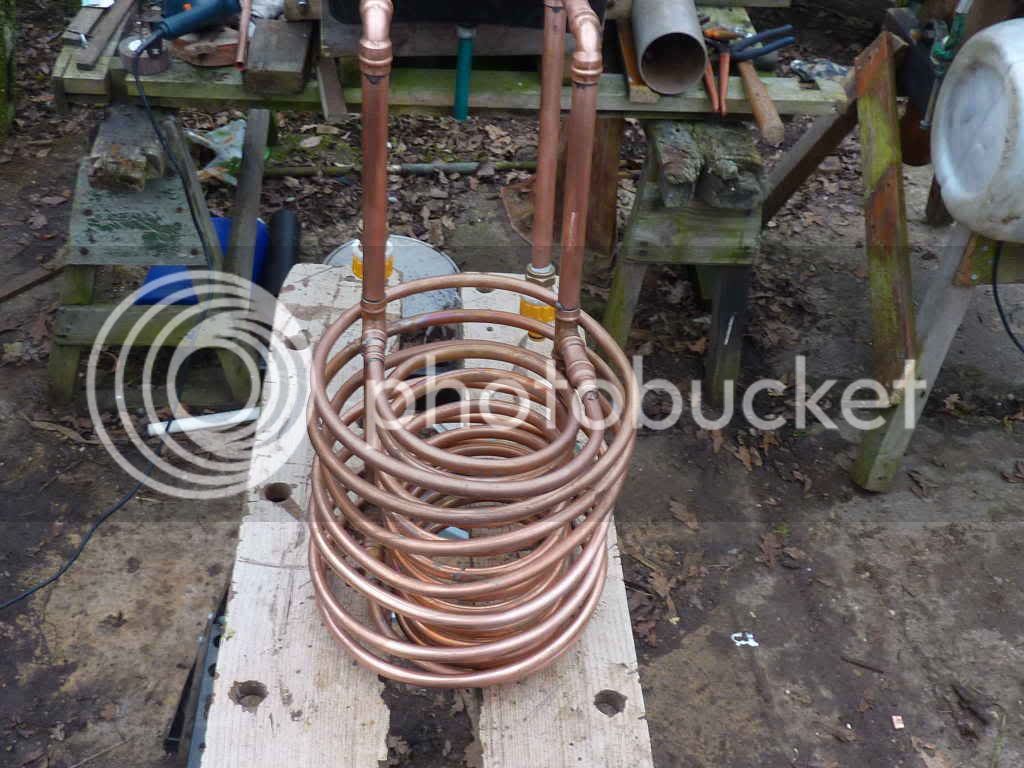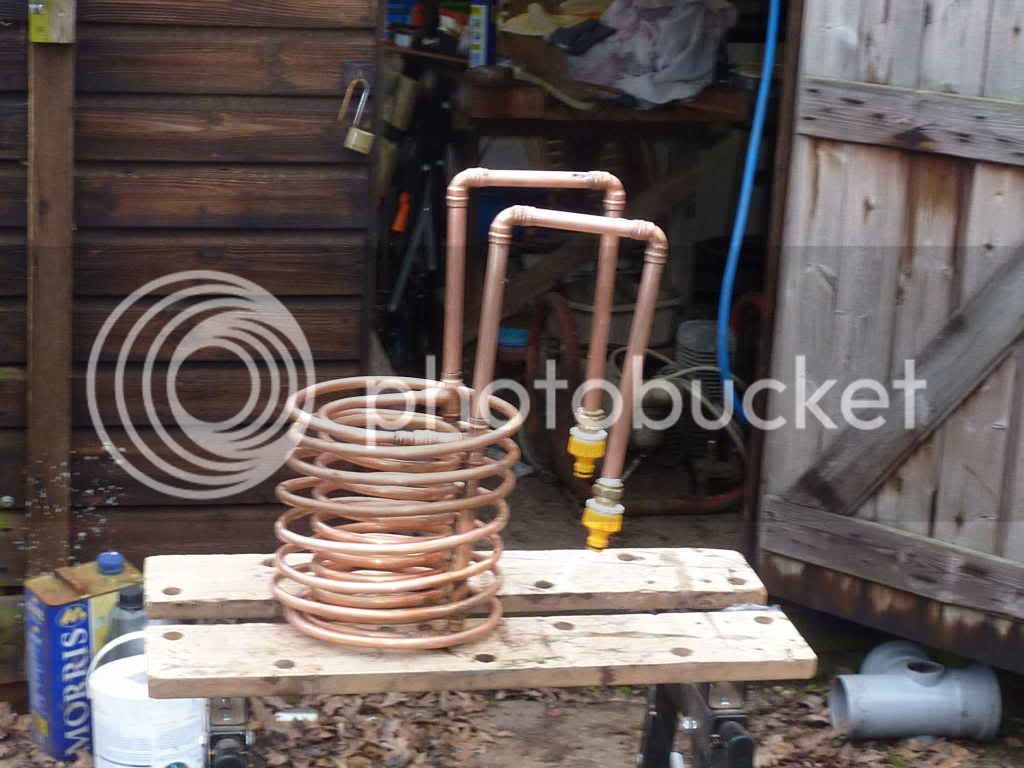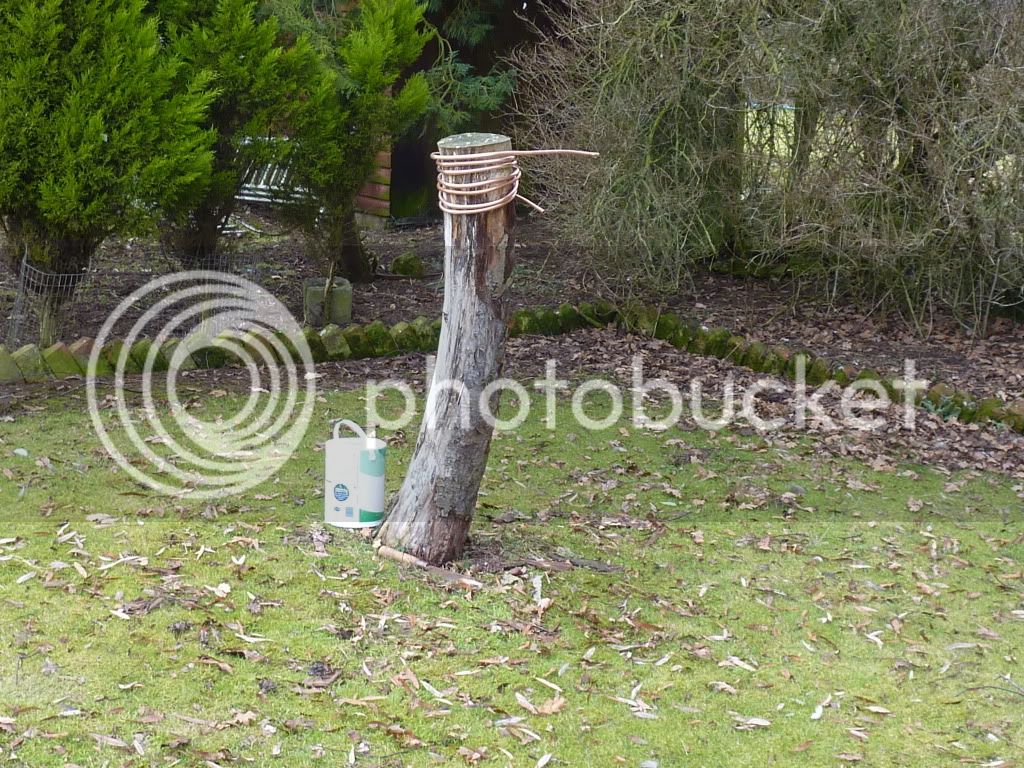BigYin
Regular.
these days they call us Analyst Programmers :wha:
Same blasted job I started 10 years ago when it was called Software Developer
Anyway, BTT - without any fancy engineering knowledge, most things have to revert back to "a little knowledge is a dangerous thing" :lol: So you see what others have done, guage if in your own opinion that seems to work, or could maybe be tweaked, and then have a go yourself.
On such a basis are the fortunes of B&Q, Homebase and Screwfix, among others, firmly founded :thumb:
Same blasted job I started 10 years ago when it was called Software Developer

Anyway, BTT - without any fancy engineering knowledge, most things have to revert back to "a little knowledge is a dangerous thing" :lol: So you see what others have done, guage if in your own opinion that seems to work, or could maybe be tweaked, and then have a go yourself.
On such a basis are the fortunes of B&Q, Homebase and Screwfix, among others, firmly founded :thumb:






